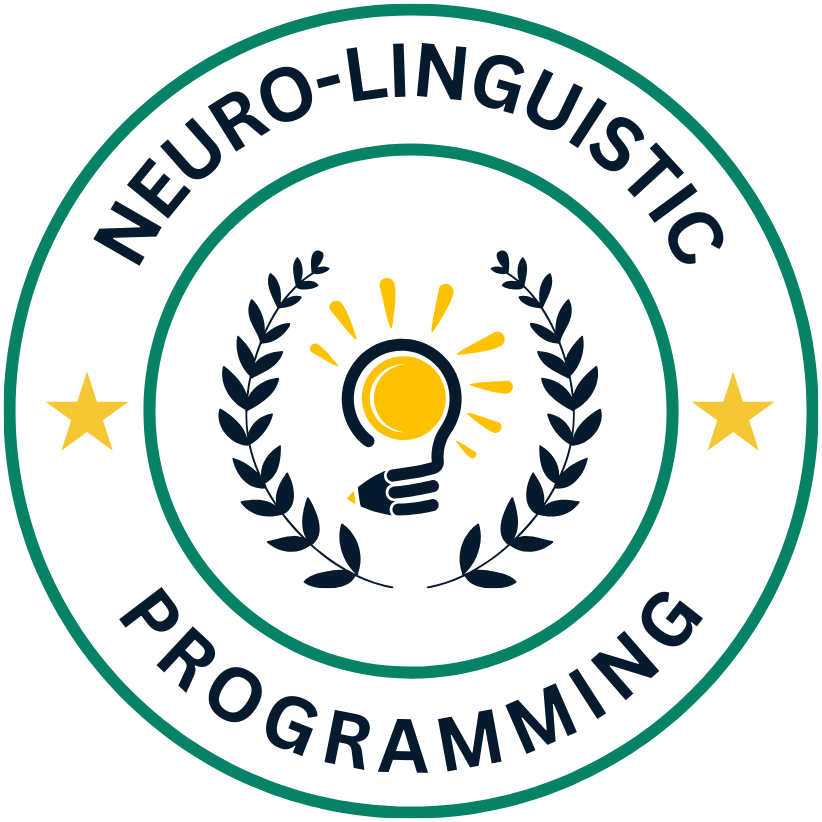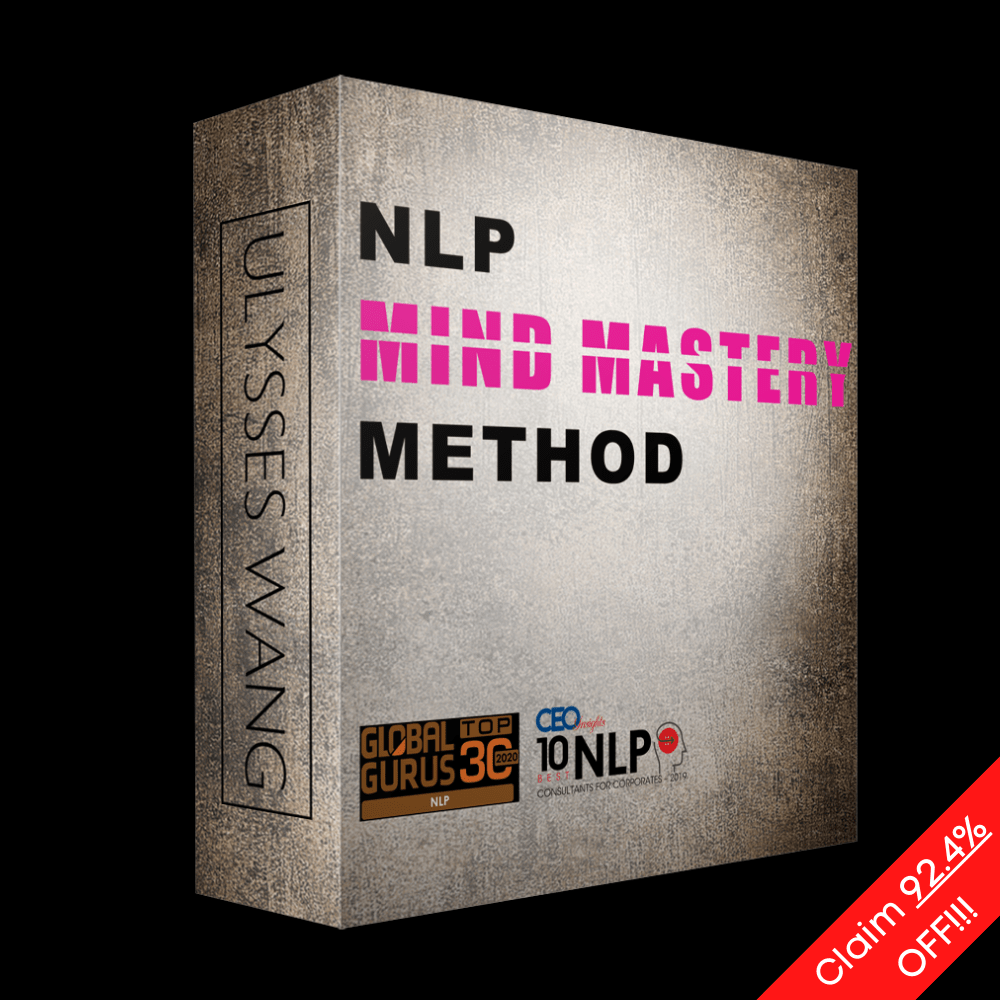Just as language shapes our thoughts and behaviors, it can also be harnessed to create powerful marketing strategies. Neuro-Linguistic Programming (NLP) techniques offer valuable tools for understanding and influencing consumer behavior. By incorporating NLP principles into your marketing efforts, you can enhance communication, build stronger connections with your audience, and ultimately drive better results. In this blog post, we will probe into how you can effectively use NLP techniques in your marketing strategies to improve engagement and achieve your business goals.

Fundamentals of NLP for Marketers
Key Principles of Neuro-Linguistic Programming
NeuroLinguistic Programming (NLP) is based on the idea that our thoughts, language, and behaviors are interconnected. The key principles of NLP for marketers involve understanding how individuals perceive the world, communicate, and make decisions. By learning to speak the language of their target audience and aligning their messaging with the audience’s values and beliefs, marketers can create more effective and persuasive campaigns.
The Psychology Behind NLP Techniques
The psychology behind NLP techniques explores into how individuals process information, form beliefs, and make decisions. By leveraging principles such as rapport-building, mirroring, and anchoring, marketers can establish a deeper connection with their audience and influence their perception of products or services. Understanding the psychology behind NLP allows marketers to tap into the subconscious minds of consumers and tailor their messages for maximum impact.
With a solid grasp of the key principles of NLP and the psychology behind its techniques, marketers can enhance their marketing strategies and effectively engage with their target audience on a deeper level.
How-To Apply NLP Techniques in Marketing
The What NLP applications can improve your marketing strategy?
Enhancing Communication Skills with NLP
Even the most seasoned marketers can benefit from improving their communication skills. NLP techniques can help marketers build rapport, establish trust, and enhance their ability to understand and connect with their target audience on a deeper level. By incorporating NLP practices such as mirroring and matching, active listening, and using language patterns effectively, marketers can effectively communicate their messages and build stronger relationships with their customers.
Using NLP to Craft Compelling Marketing Messages
With the power of NLP, marketers can craft marketing messages that resonate with their audience on a subconscious level. This involves using NLP techniques such as anchoring, reframing, and modeling successful language patterns. By understanding the psychology of language and utilizing NLP strategies, marketers can create compelling and persuasive messages that drive action and engagement from their target audience.

Tips for Successful NLP Implementation
All successful marketing strategies involve the effective implementation of NLP techniques. To ensure successful implementation, consider the following tips:
- Understand your target audience and tailor your NLP strategies to resonate with their communication styles.
- Utilize sentiment analysis to gauge the emotional response to your marketing messages and adjust accordingly.
- Test and optimize your NLP techniques regularly to stay ahead of consumer preferences and trends.
Perceiving the subtle nuances of language and utilizing them effectively can greatly enhance the impact of your marketing efforts.
Factors to Consider When Incorporating NLP
Consider the following factors when incorporating NLP techniques into your marketing strategies:
- Ensure your team is well-trained in NLP techniques and understands how to apply them effectively.
- After initial implementation, monitor and analyze the results to make data-driven decisions for future campaigns.
Customizing NLP Methods for Different Marketing Channels
An vital aspect of successful NLP implementation is customizing methods for different marketing channels. Each channel, whether it’s email marketing, social media, or website content, requires a tailored approach to effectively engage with the target audience.
Methods for customizing NLP techniques for various marketing channels include adapting language styles, tone, and content formats to suit the preferences of the audience on each platform. By customizing your NLP methods, you can ensure that your marketing messages are received positively and resonate with consumers across all channels.
Measuring the Effectiveness of NLP in Marketing
Setting Criteria for Success
Criteria for measuring the effectiveness of NLP in marketing strategies are necessary to ensure that the goals and objectives are clear and achievable. These criteria could include improved customer engagement, increased conversion rates, higher brand awareness, or enhanced customer satisfaction. By setting specific criteria, marketers can better assess the impact of NLP techniques on their marketing efforts.
Tools and Metrics for Assessing NLP Impact
Criteria for measuring the effectiveness of NLP in marketing can be assessed through various tools and metrics. Tools such as sentiment analysis, natural language processing algorithms, and social media monitoring platforms can provide valuable insights into customer behavior and sentiment. Metrics such as click-through rates, open rates, conversion rates, and customer feedback can also help marketers gauge the impact of NLP techniques on their marketing campaigns.
Metrics play a crucial role in evaluating the success of NLP strategies in marketing. By analyzing key metrics, marketers can identify which NLP techniques are most effective in achieving their marketing objectives. Additionally, metrics help in tracking the progress of marketing campaigns and making data-driven decisions to optimize future strategies for better results.
Summing up
Conclusively, integrating NLP techniques into marketing strategies can significantly enhance customer engagement, communication, and understanding. By utilizing these powerful tools, businesses can create more impactful and personalized marketing campaigns that resonate with their target audience. Through language patterns, sensory language, and rapport-building techniques, companies can establish stronger connections with customers, ultimately leading to increased brand loyalty and higher conversion rates. Embracing NLP in marketing is not just a trend but a strategic approach to stand out in today’s competitive market landscape.
FAQ
Q: What are NLP techniques?
A: Neuro-Linguistic Programming (NLP) techniques are methods that focus on how language and behavior influence each other to achieve specific goals and outcomes.
Q: How can NLP techniques be used in marketing strategies?
A: NLP techniques can be utilized in marketing strategies to effectively communicate with consumers, build rapport, and influence purchasing decisions.
Q: What are some common NLP techniques used in marketing?
A: Some common NLP techniques used in marketing include mirroring and matching, sensory language, anchoring, and reframing.
Q: How can mirroring and matching be used in marketing?
A: Mirroring and matching involves subtly copying the body language, speech patterns, and behavior of your target audience to create rapport and connection, thus making your marketing message more persuasive.
Q: What is sensory language and how does it impact marketing?
A: Sensory language involves incorporating words that appeal to the senses (sight, sound, smell, taste, touch) to evoke emotional responses in consumers, making the marketing message more memorable and engaging.
Q: How does anchoring work in marketing strategies?
A: Anchoring is a technique where a specific stimulus is associated with a particular response. In marketing, this can be used to link a product or brand with positive emotions or experiences, influencing consumer perceptions and behaviors.
Q: How can reframing be applied in marketing campaigns?
A: Reframing is a technique that involves changing the way a situation, concept, or product is presented to alter perceptions and responses. In marketing, reframing can be used to highlight the benefits of a product or service in a new light to attract more customers.



